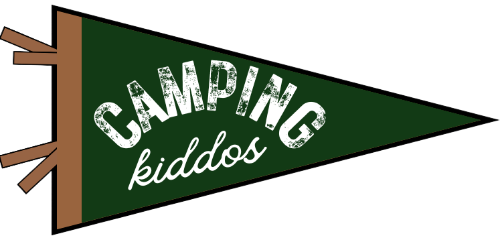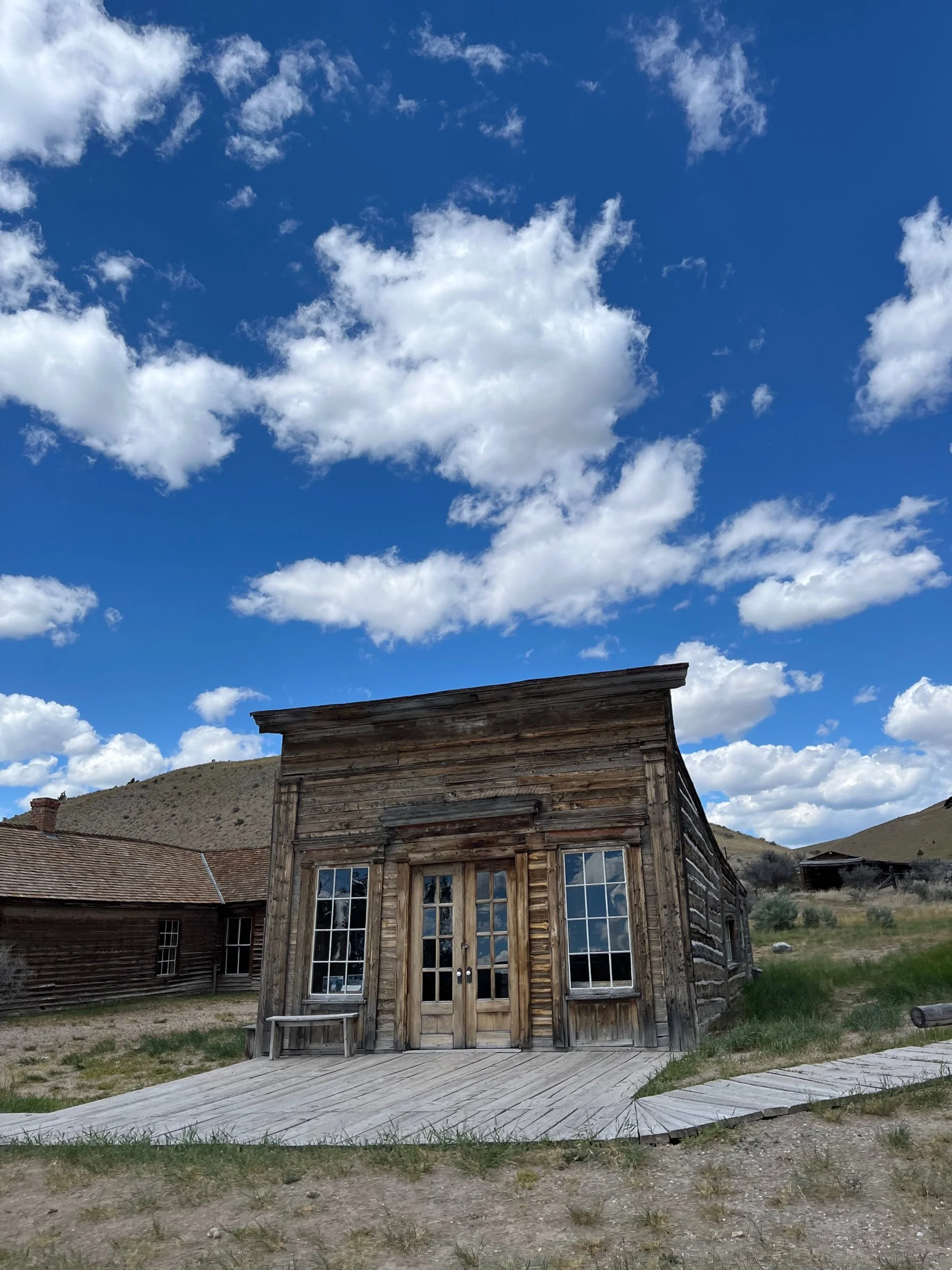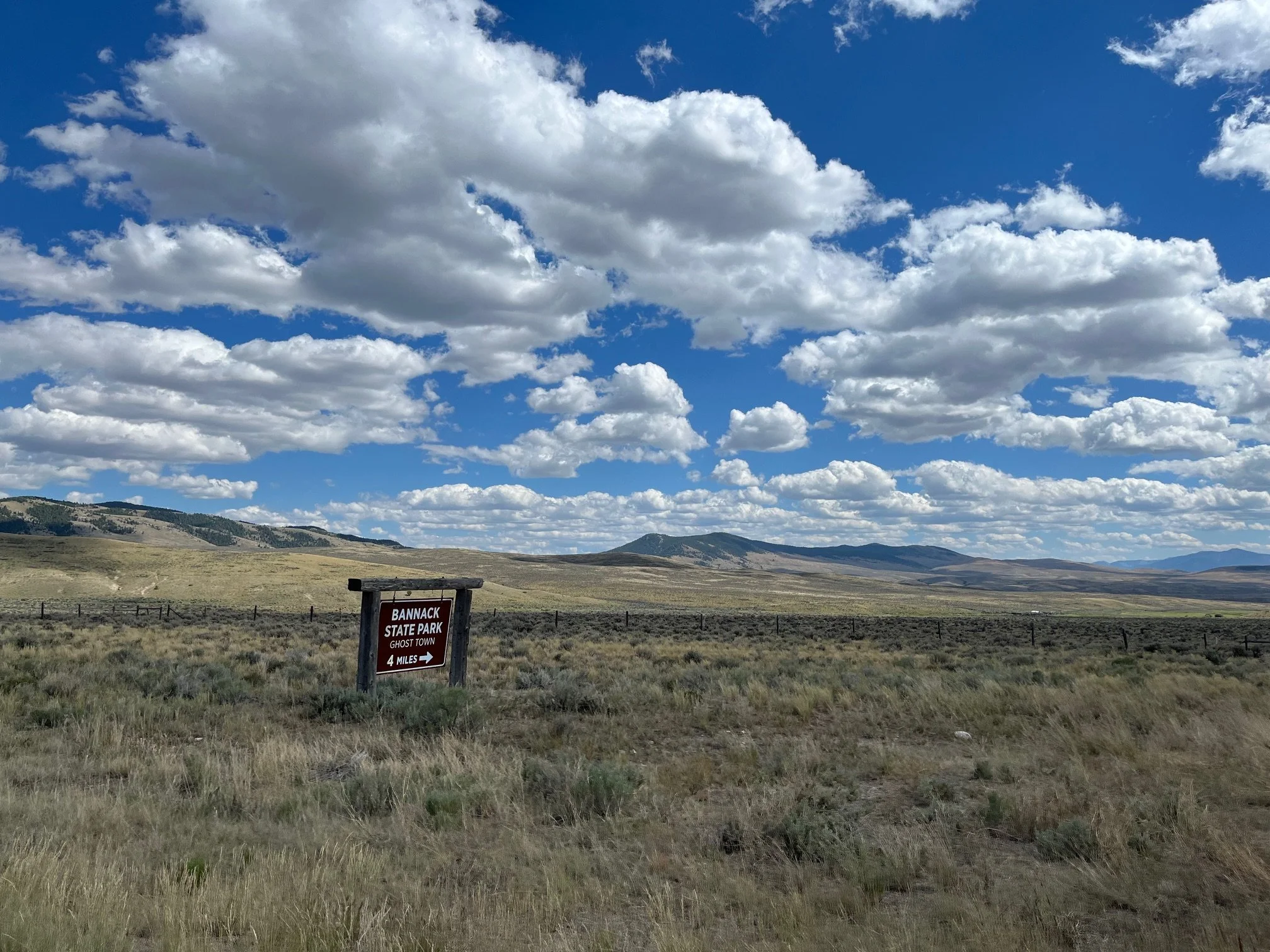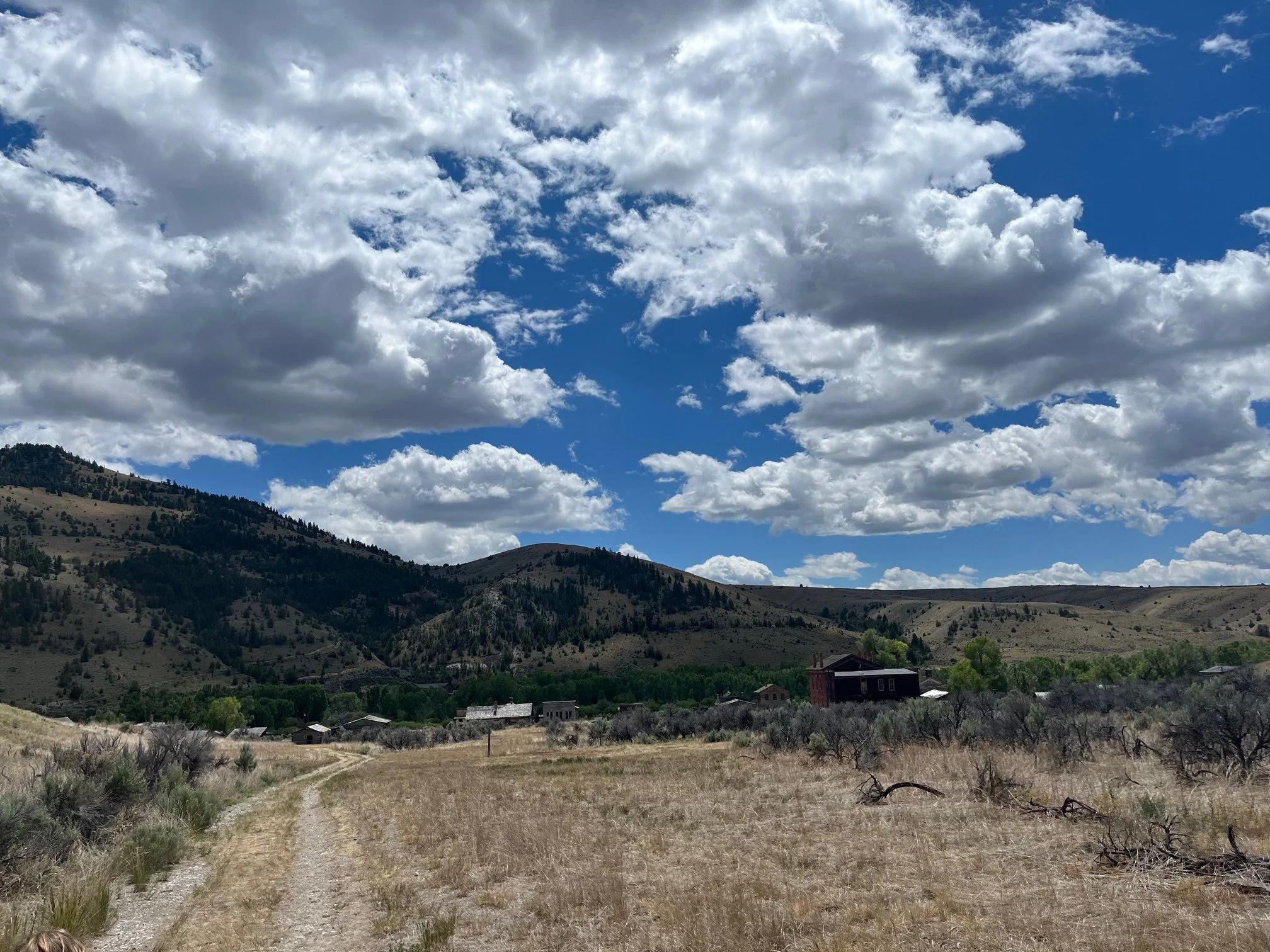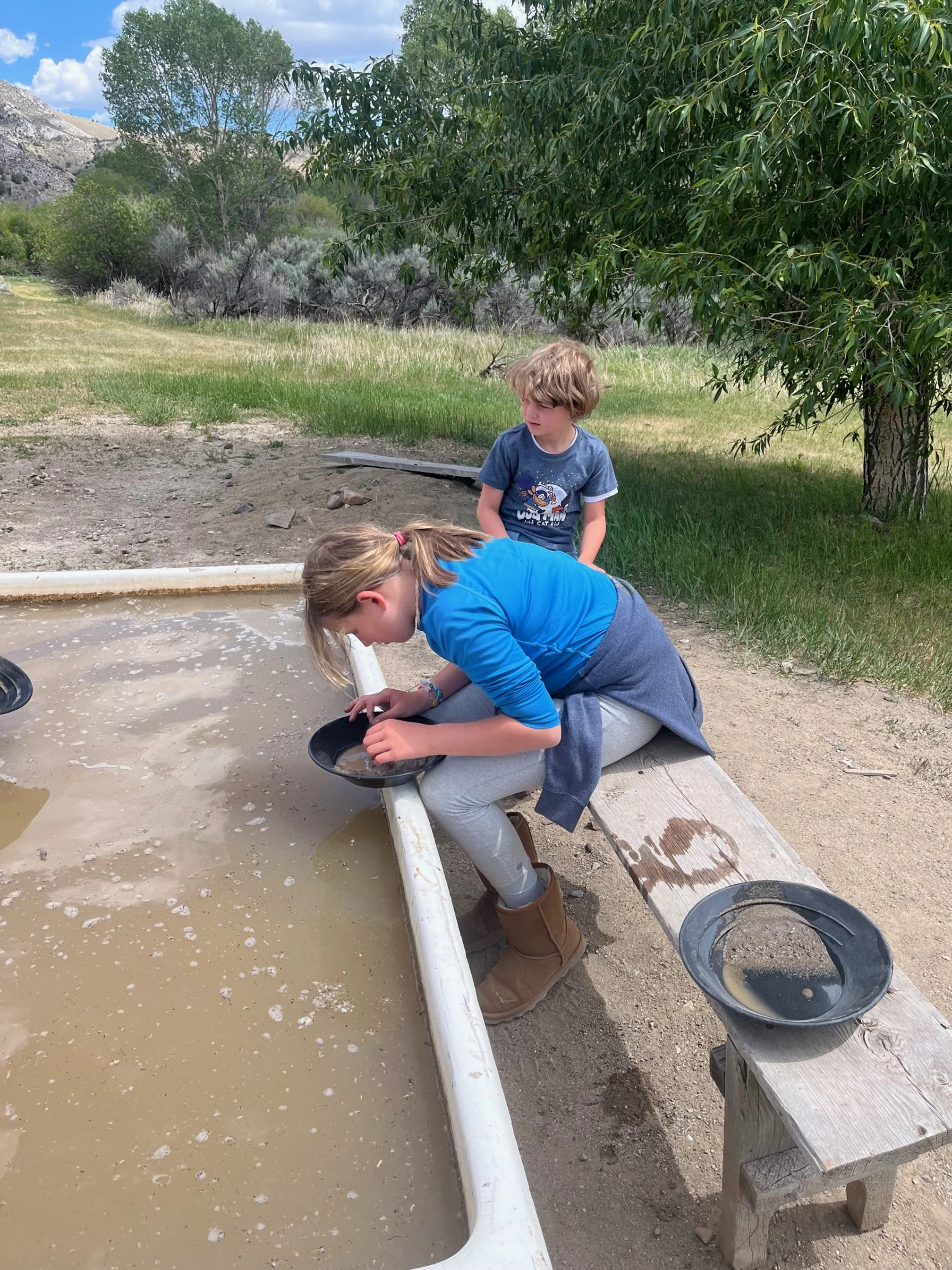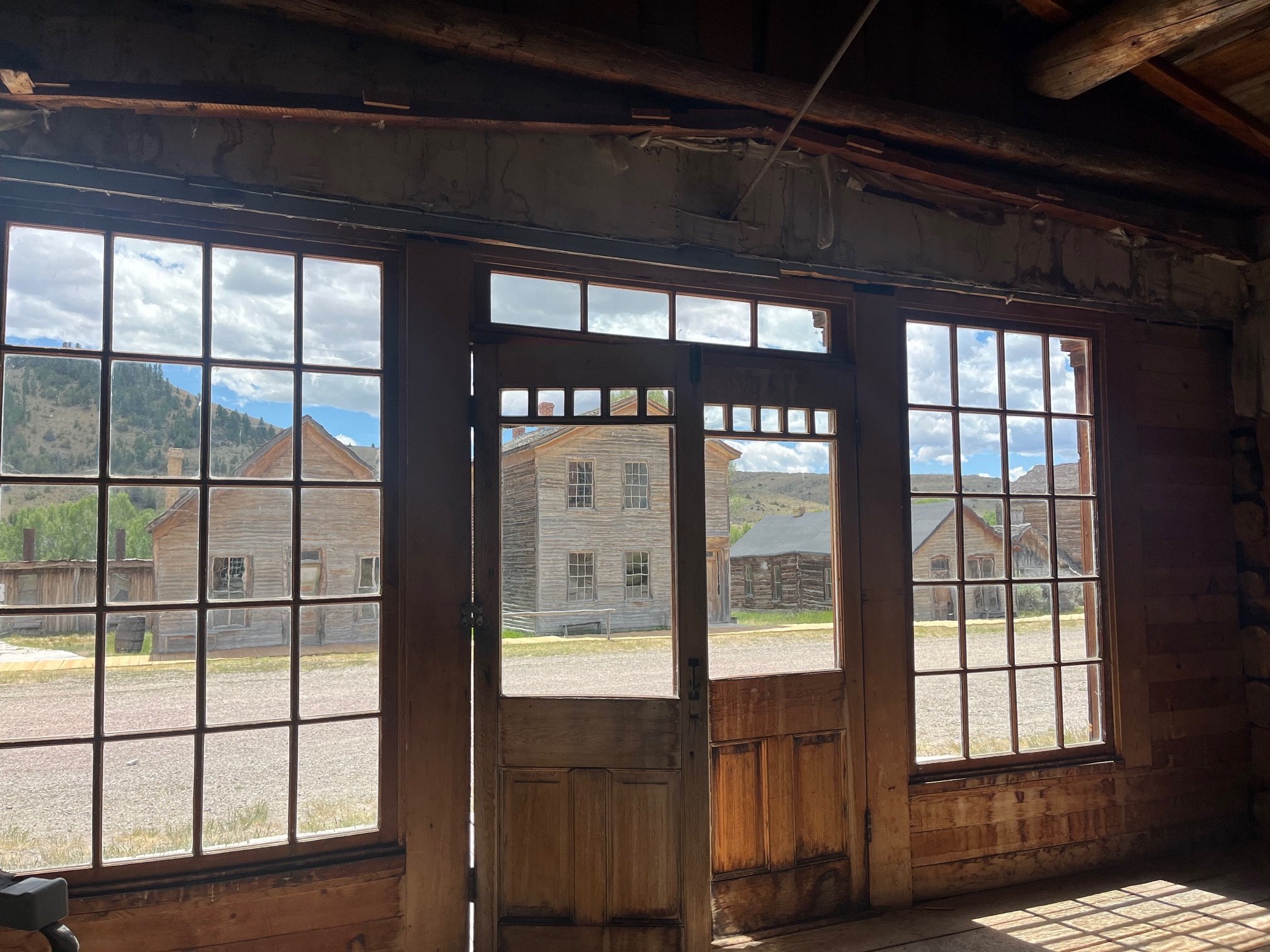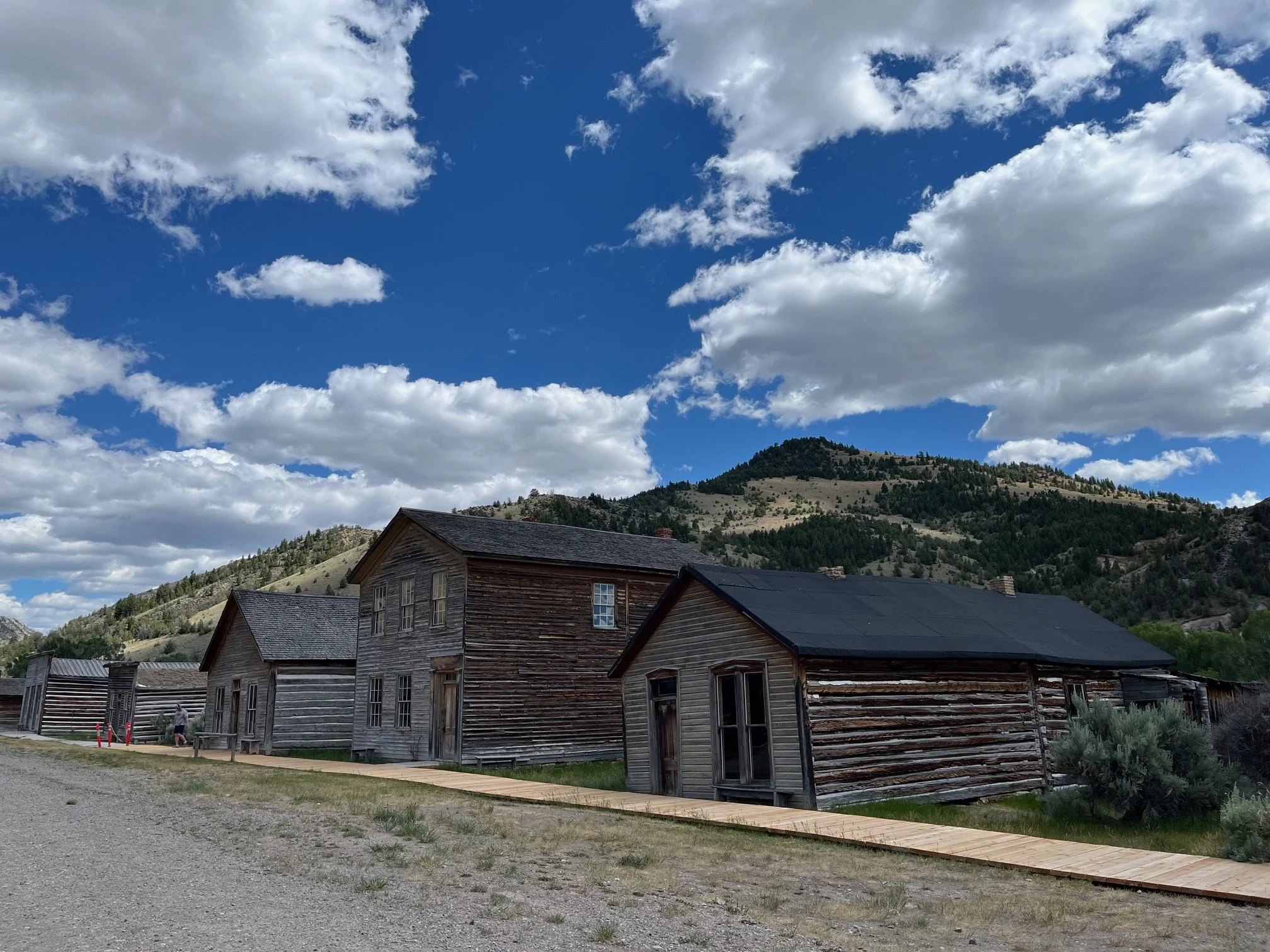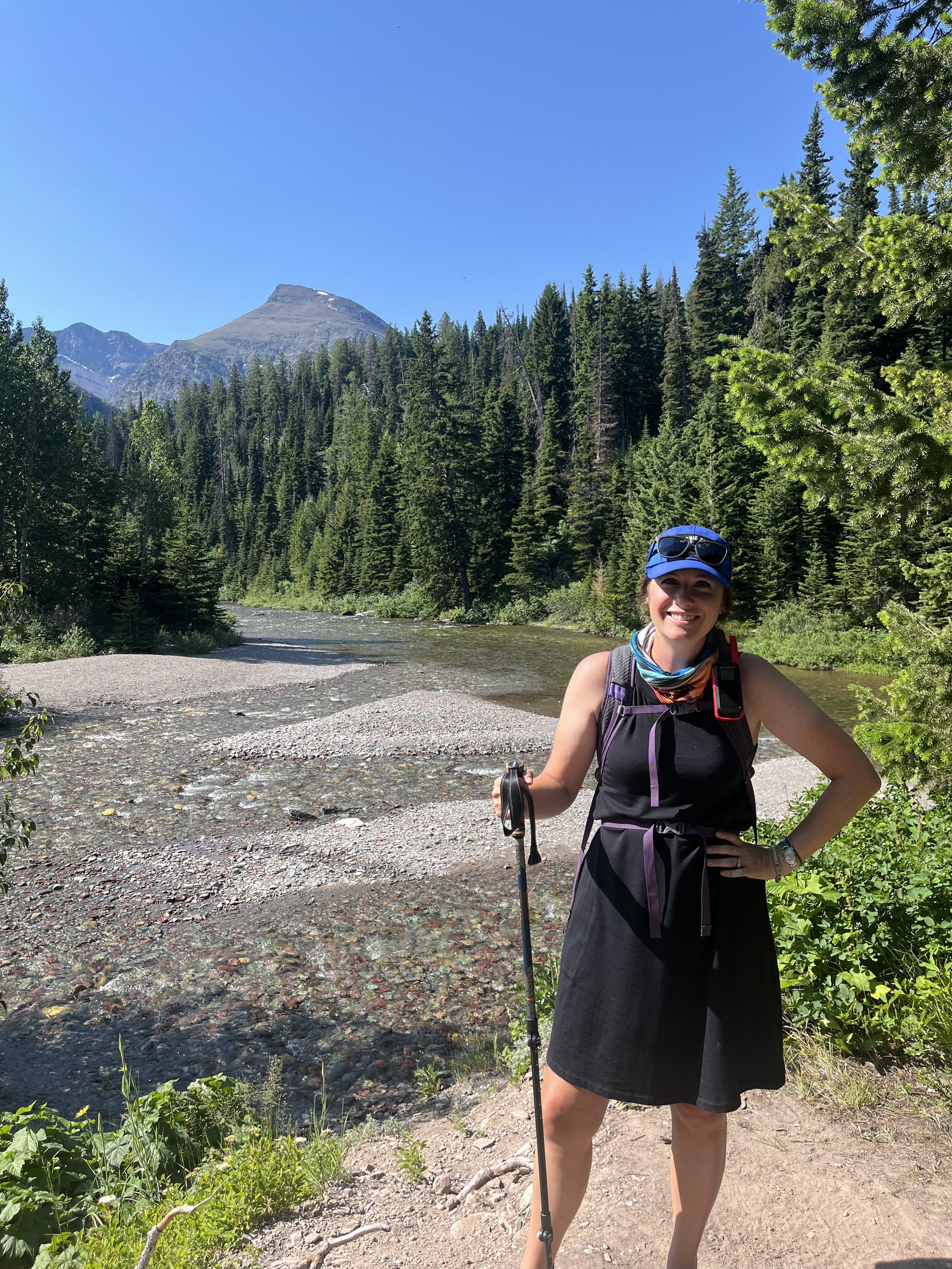What to Do at Bannack State Park: A Guide
Step back in time at Bannack State Park in Montana!
This ghost town dates back to 1862 and is incredibly well preserved with more than 20 buildings for visitors to explore.
The interactive experience here helps kids and parents alike get excited to learn more about the Gold Rush, westward expansion, and life in the late 1800s.
There are multiple ways to explore Bannack State Park, including self-guided tours, docent led tours, seasonal activities, and on site camping.
No matter how you spend your time here, it is a must do for any family visiting Montana.
Below, you’ll find everything you need to know in order to plan your visit, whether you’re headed here specifically or you’re adding on time in the state park on the way to Glacier National Park, Kalispell, or Whitefish.
Hotel Meade and other buildings along the main street in Bannack State Park
This post contains affiliates. If you purchase through the links below, I will receive a commission at no charge to you.
What is Bannack State Park?
One of the many historic buildings that’s been preserved in Bannack State Park
Bannack State Park is where gold was first found in Montana, and it also served as the first territorial capital before Montana became a state.
Before that first golf discovery, this wasn’t even a sleepy crossroads, but after that discovery, this area ballooned into a proper town almost overnight.
In just 12 months, it went from having essentially nothing to a thriving town of over 3,000 people.
Today, over 60 of the historic buildings remain, though the permanent population has long gone.
Most of the original residents were men who’d come to the area seeking a chance to strike it rich.
Because there was so much gold flowing through the town and not enough law to keep up with those buying, selling, and trading, Bannack wasn’t exactly family friendly.
To illustrate just what Bannack was like in the last 1800s, consider the saloon, which also doubled as the only barber shop in town.
According to legend, the barber got so used to the constant shooting that he’d continue cutting a customer’s hair even if bullets whizzed by.
You’ll get to learn all about the Wild West goings-on while visiting the park, and I strongly suggest that you take either the self-guided or guided tour to give context to what you’re seeing here. (More on that below.)
Bannack State Park is absolutely worth a visit if you’re interested in American history, the daily lives of miners and pioneers, and the outlaws who wandered the Wild West.
The park’s name
The park takes its name from the town that was here: Bannack.
But what does that mean?
Confusingly, no one is really sure.
It might be a misspelling or mispronunciation of the traditional Scottish bread, bannock.
However, as long as there have been records of a settlement here, it has been Bannack (with an “A”) and not Bannock (with an “O”).
Explore elsewhere in Montana with these fun adventures:
Where is Bannack State Park?
Bannack State Park has plenty of signage to help guide you from I-15.
While Bannack State Park feels very remote once you’re there, it’s actually not far from I-15 near Dillon, Montana.
We stopped here on our road trip between Salt Lake City and Glacier National Park, and it made for an excellent side trip.
If you want more information on visiting Glacier National Park with kids, check out my complete guide.
While traveling on I-15, take exit 59 (the sign will indicate that this is the exit for Highway 278, as well as Jackson and Wisdom).
When you get off of the interstate, follow signs for Bannack State Park, which will be posted on brown signage.
From this point, it is about 21 miles to the front of the state park. There’s also very little at this exit, other than the fantastic Countryside RV Park, which I highly recommend.
Be sure to have plenty of gas, snacks, and water as you won’t have any options before you get to the park.
For about 16 miles, you’ll wind along a paved 2 lane road through some beautiful countryside.
There will be a left hand turn seemingly in the middle of nowhere, just about as you’re worried the GPS is broken. Take this turn onto Bannack Branch Road.
This road is still paved and two lanes, but there is a much smaller shoulder.
Continue down Bannack Branch Road past the cemetery.
Then, take the next left hand turn after passing the cemetery. This is Bannack Road, and it’s where I really started to question if the place I’d read about on the internet was real or if it was all made up.
Bannack Road is a dirt road, but there is a small sign for the state park near here.
Continue down the dirt road. You’ll come to a turnoff on the right for the campground area. Unless you’re camping overnight, continue on Bannack Road.
Just around a small bend in the dirt road will be the visitors center.
The parking lot here is also dirt, but it is packed and graded well enough that we were able to park our 21’ camper without any issues. We saw a Class C motorhome and another travel trailer about 8-10 feet longer than ours there as well.
I don’t know that I would bring a Class A down the roads, but there’s plenty of room to park if you do make it. (I’m not sure about turning around in larger rigs, now that I think about it. Again, we were able to navigate the parking area just fine with our small trailer and Ford F-150, but a larger/longer camper might have trouble, especially if the parking area was full.)
The first historic building in front of the parking area is the visitors center. This is where you’ll go to pay admission, pick up a souvenir, and meet with a guided tour.
If you need a restroom, there are some behind the visitors center as well as inside.
Best Things to Do at Bannack State Park
Once you’re on the property, it can be a bit overwhelming to just wander around. Thankfully, the park has many ways for you to dive into the history here.
Self-Guided Tour
If you’re short on time, or if you have younger kids, I highly recommend the self-guided tour of the ghost town.
You can do as much or as little of this tour as you want (though the entire thing is well worth your time), which is excellent for squirmy toddlers or busy itineraries.
As part of the self-guided tour, you are provided access to the majority of the buildings. The few that aren’t open to the public are in need of repair, so perhaps they’ll be added to the tour in the future.
When you pay for your admission in the first building next to the parking lot, you’ll get a paper map with suggested stops.
Each stop is numbered in your map, and there’s a corresponding number on the wooden boardwalk of the town.
If you complete the tour, you’ll get to see:
the old saloon/ barber shop,
the schoolhouse, which also has a Masonic lodge upstairs,
the tiny jail,
the execution gallows,
a 2 story hotel, and
multiple homes.
Many of the buildings are at least partially furnished, so you get a real glimpse at what life was like here more than 150 years ago.
Those that aren’t furnished, like the hotel, still are worth your time, as the hotel, outbuildings, and jail, are enough to capture your kids’ imagination.
Don’t forget to stop by the schoolhouse, where kids can try out replicas of the original desks, see what kids in the late 1800s would’ve worked on in class, and try their hand at the whirlygig outside! This was a high point of the tour for my kids.
Seeing what school was like back in the day
If you have older kids or kids who are really into Wild West history, you can buy a more in-depth guide in the visitors center.
We ended getting one of those for a souvenir, but managed just find with the standard map during our visit.
Guided Tours
The town of Bannack as seen from the gallows area
During peak months (late June to early August), guided tours are run by local volunteers and staff.
These included guided hikes into the canyon near the ghost town, and tours of the mill site just outside of town.
Additionally, the state park hosts historians to speak on specific elements of the town’s history, from what the lives of the children living there would be like to the role of immigration in Bannack and elsewhere in Montana.
Be sure to check at the front desk before you start the self-guided tour to see what might be offered during your visit.
These aren’t an absolute necessity, but they’re a great way to add depth to your knowledge of the town and your experience.
Panning for Gold
Planning for gold at Bannack State Park
On nice days, you can also learn how to pan for gold. Look for the park ranger standing among large troughs of water and sediment.
This should be at the far end of the main avenue in the ghost town, furthest away from the visitors center.
This activity is free with your park admission, and it is a great way to experience what the settlers of Bannack went through in their quest for a fortune.
You’ll get to keep anything that you find, and the ranger on duty will help you learn about what gems you’ve found!
My kids loved this activity and walked away with a Ziploc baggie filled with tiny specks of gold, a few small garnets, and several other semi-precious stone slivers.
Halloween Ghost Walk
The week of Halloween each year, Bannack State Park leans into the strange and mysterious side of the ghost town with guided tours and costumed actors.
You’ll learn all about the residents who might still linger here.
Visitors have reported hearing a baby cry in one of the houses, despite a baby being nowhere around.
Plus, Henry Plummer might still be hanging around. Plummer was the town’s most famous sheriff, largely due to the fact that he was also accused of running a gang of robbers and murderers.
Was he guilty? We’ll never know, but Plummer was hanged without a trial, thanks to some vigilante justice.
I’ve even heard the claim that Bannack is the most haunted place in Montana. You’ll have to go to the Ghost Walk to see for yourself!
NOTE: This event is very popular, and you’ll need a separate ticket for it. Book ahead.
Ice Skating
Bannack State Park stays open year round, so the park leans into that with winter ice skating.
This event is free with park admission, and it usually runs from early January to late February. (Call the park office for specific open and closing dates.)
Reenactment Days
Inside looking out at the saloon
Held in mid-July each year, this is the only time to see Bannack as close to its glory days as it can get.
Known as Bannack Days, this event draws a large crowd to listen to live music, explore the town’s buildings, listen to talks about the history, enjoy kids’ activities, and more.
It’s been held every year since 1975, so if you’re here in July, be sure to stop by.
Final Thoughts on Visiting Bannack State Park
Several of the historic houses in Bannack
We’ve been to other ghost towns, including Grafton near Zion National Park in Utah, but none have been as complete or well preserved.
Exploring Bannack State Park truly feels like time traveling since you have free rein to walk through the houses, stand in the jail, meander along the boardwalks, and sit in the church.
If you’re looking to get your kids interested in American history, this is the perfect place to do so because it is so hands on and immersive.
This is an absolute must-do when visiting Dillon, Montana!
